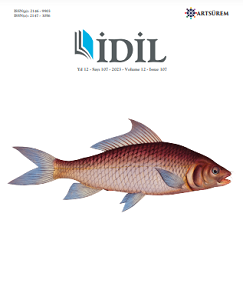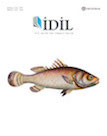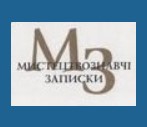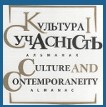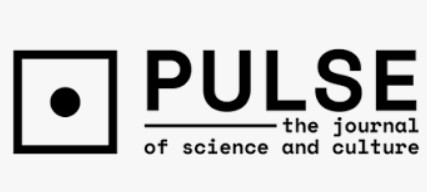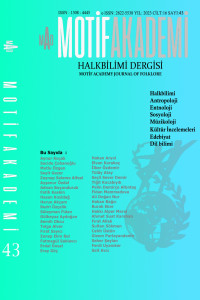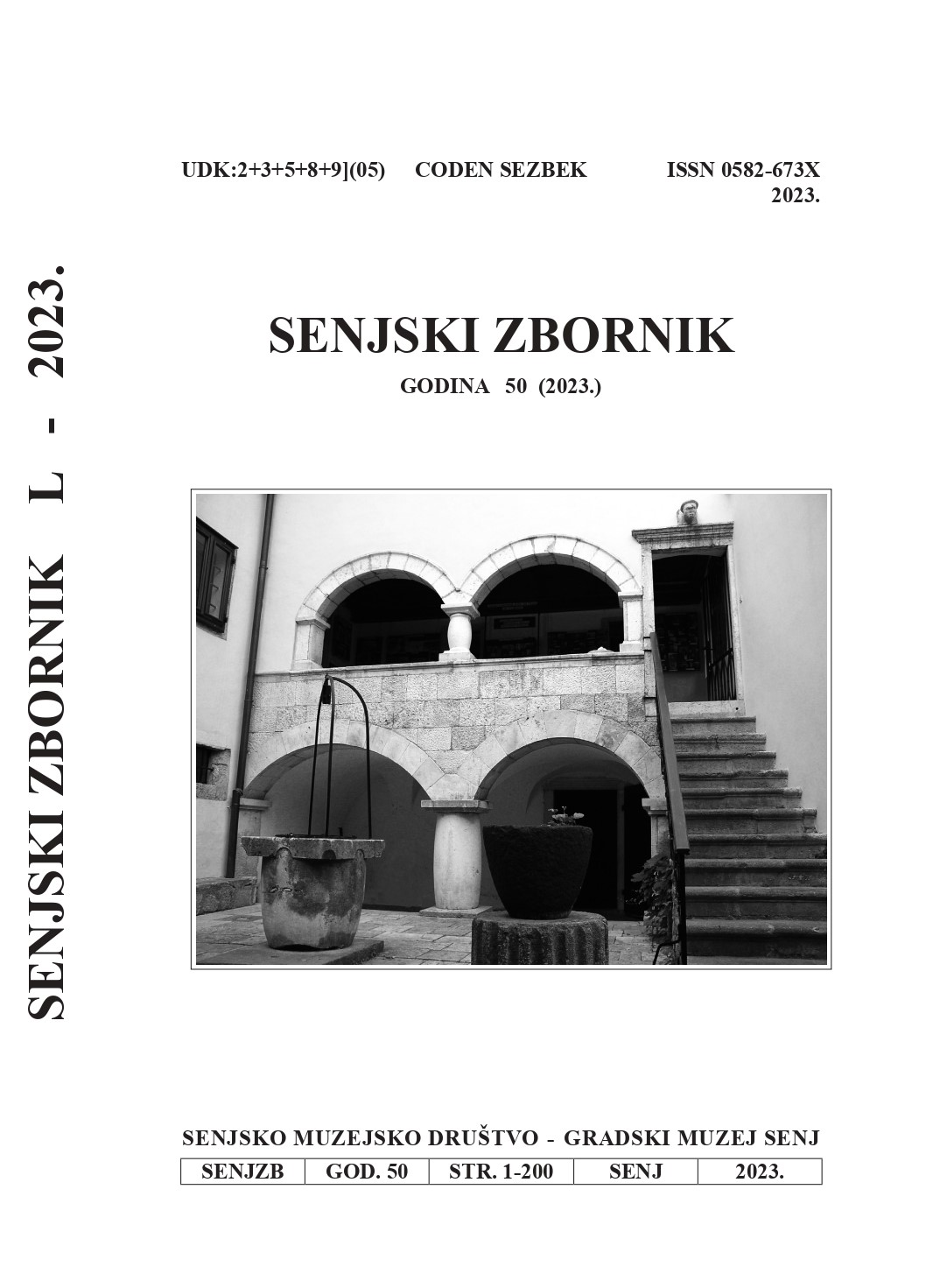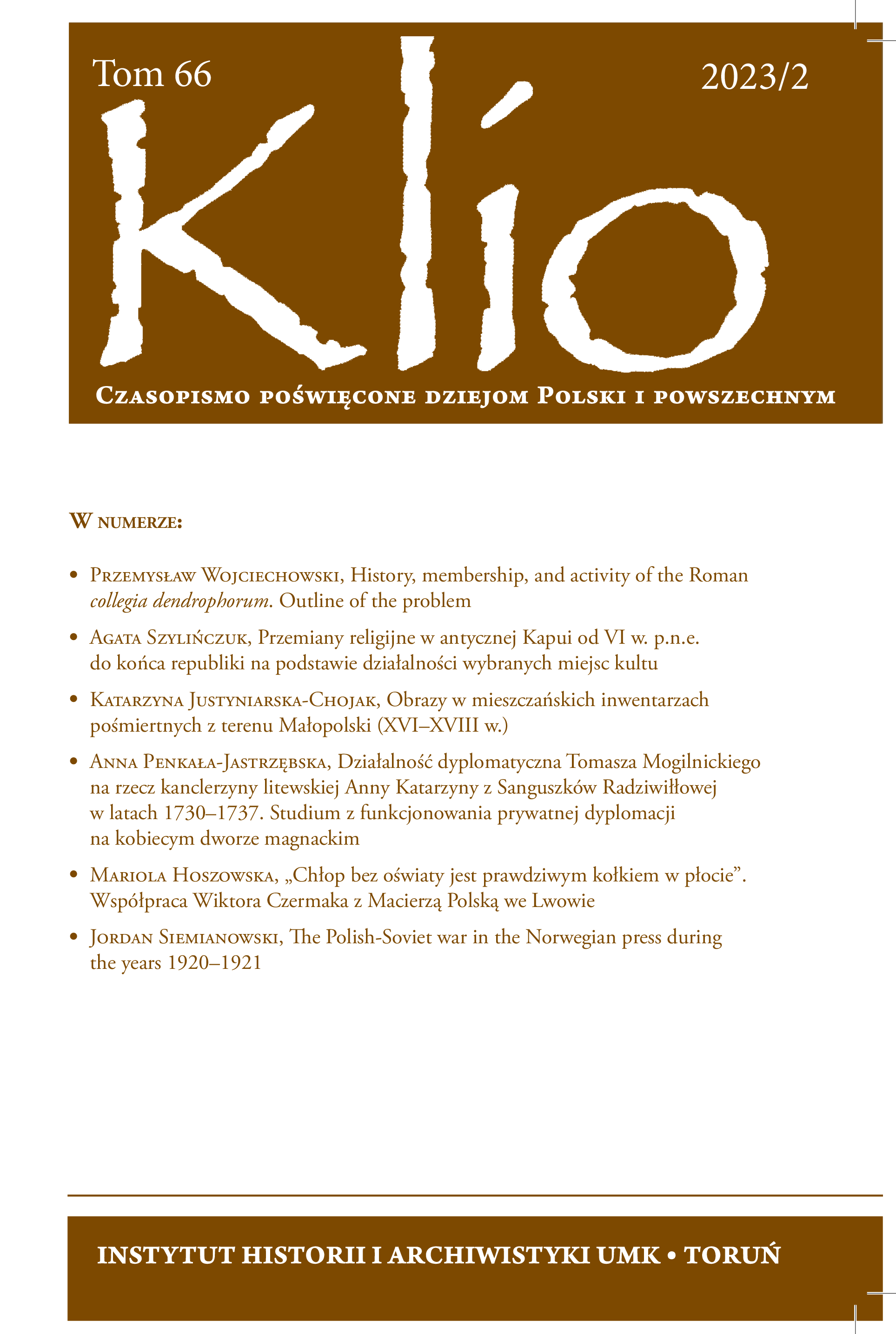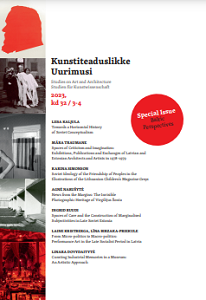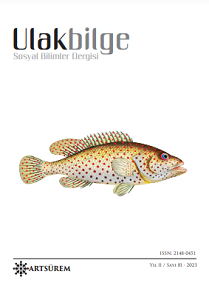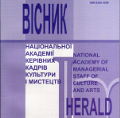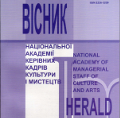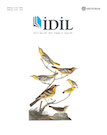
TARİHSEL ARKAPLAN VE TOPLUMSAL YAPI BAĞLAMINDA “KURSK VİLAYETİNDE DİNİ TÖREN ALAYI” ÜZERİNE İNCELEME
In this research, the social structure and historical background of Tsarist Russia is revealed through the symbolic and religious historical origin of the object and the hierarchical positions of the figures in the painting “Religious Procession in Kursk Province” by Ilya Repin, one of the important representatives of the 19th century Russian painting art and Realism movement. As a result of the Scientific, Industrial and Political Revolutions that began with the Age of Enlightenment, there have been radical changes in the socioeconomic and political structures in Western Europe. These changes also affected the field of art and culture. From the 18th century until the Bolshevik Revolution of 1917, the feudal Russian society, which was ruled by monarchy under the absolute authority of the tsar in the Russian Empire, was also affected by the process of social and political change in Europe. After the second half of the 19th century, Russian intellectuals, literary figures and artists expressed their desire for reform and modernization in the fields of art, culture, education and politics, and formed art collectives and produced critical works of art. Like his contemporaries, Repin was interested in the problems of the Russian people and the reality of life; throughout his artistic career, he painted in different approaches, from naturalist and symbolist tendencies to realistic and romantic art styles. Despite the stylistic differences in Repin’s paintings, the academic realist approach and social sensitivity have shown continuity. The scope and purpose of the research is to contribute to the literature by interpreting Repin’s painting “Religious Procession in Kursk Province” in terms of form and content within the framework of social and historical context. The research is a qualitative study based on the literature review model.
More...
